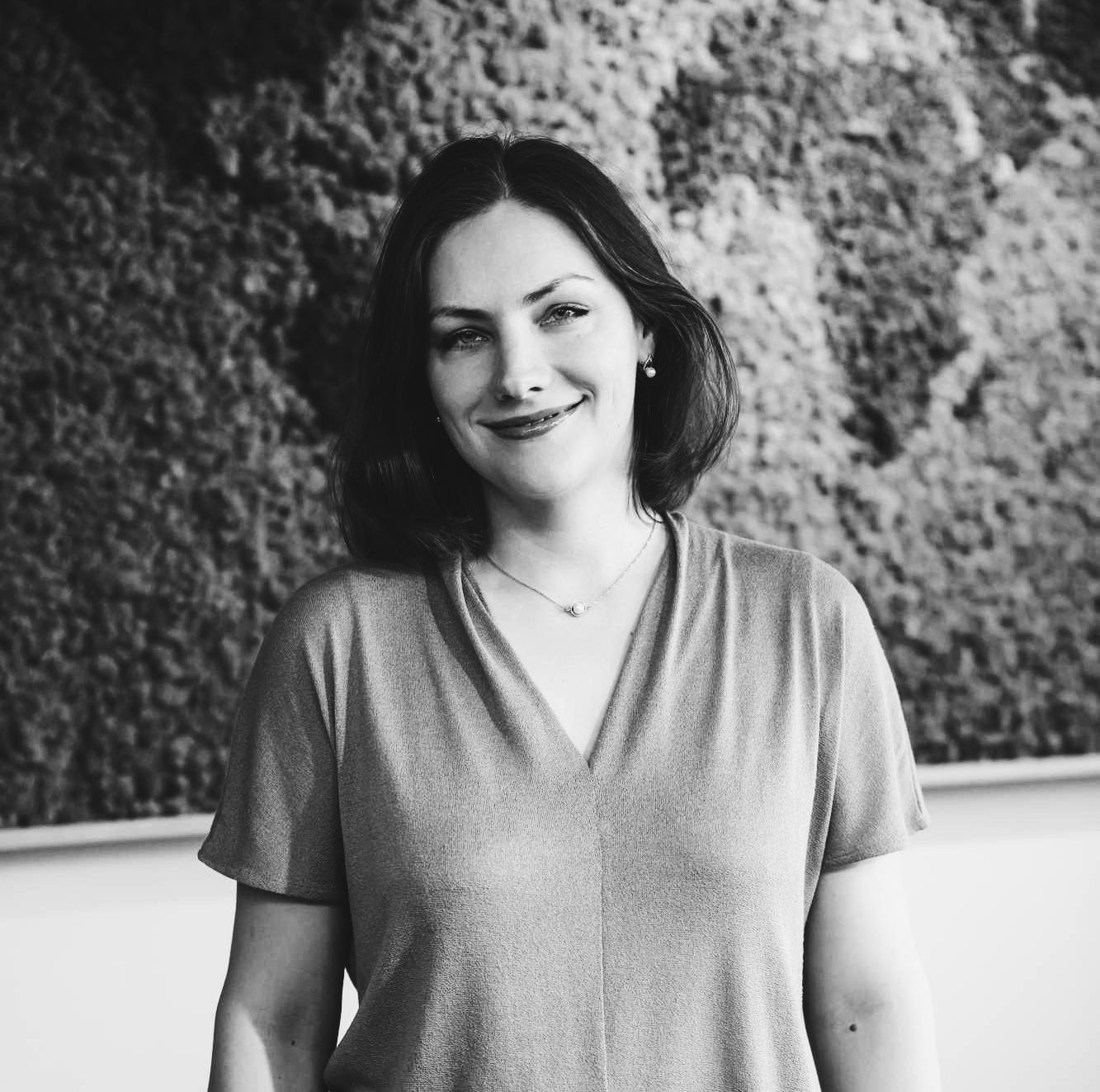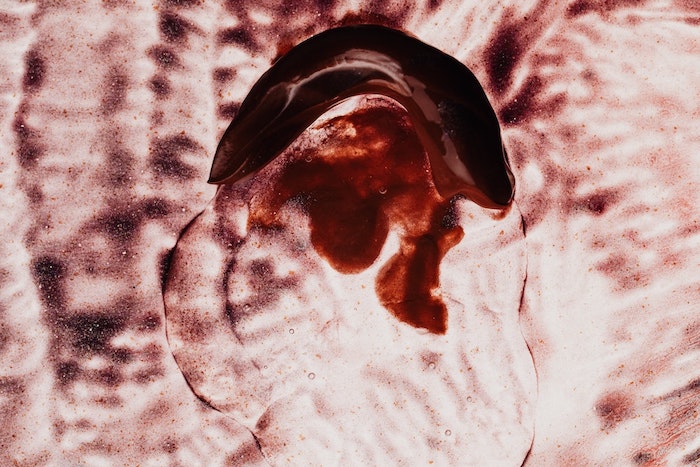Growing up, most of us thought that pregnancy could happen at any given moment. Unprotected sex? Boom — pregnancy! But as we get older, we quickly realize that this isn’t exactly the case. That’s because women, on average, only have around six days during their cycle when sex can lead to a bun in the oven. It’s commonly referred to as the fertile window, but what, exactly, is that? Here’s what you need to know.
What’s a fertile window?
Whether you’re trying to conceive or are hoping to dodge a pregnancy at all costs, being aware of your fertile window can help you learn more about your body and make empowered choices.
Your fertile window refers to a period of six to seven days each month when you can get pregnant. This includes the five days before you ovulate, the actual day of ovulation, and the day after you ovulate, as eggs can survive for up to 24 hours. And while that may seem simple enough, it can actually be a bit tricky to predict.
What’s ovulation again?
Now, if this all sounds familiar, you’re not massively au fait with the finer details of how ovulation works, fear not. Helping you understand your hormones is what we’re here for, and this particular subject is jam-packed with hormones.
Essentially, ovulation occurs when an egg has grown large enough to be released from your ovary, ready for passing sperm to fertilize. But in order for your body to get to that point, several things have to happen. For instance, you don’t grow just one egg each cycle. In fact, during the early Follicular phase, your body grows several eggs. As the stage progresses, one becomes dominant, and the others die back, leading to the maturation of a single egg just before ovulation.
A powerful combination of increasing levels of estrogen, FSH, and LH, encourage and help your ovaries do those jobs, peaking around halfway through your cycle, before falling after ovulation and starting the cycle all over again if conception doesn’t occur.
When do I ovulate?
This is where it gets tricky. Ovulation day depends on a literal ton of things, and not just the hormonal journey that you got you there. Firstly, your cycle length plays a massive part, as it typically occurs around two weeks before your period. Of course, that point in a 25-day cycle is quite far from that same point in a 35-day cycle, both of which are totally typical. Both are also entirely possible if you have irregular cycles.
Then there are underlying conditions, including but not limited to PCOS and Thyroid issues, that can also impact your cycle as well as when, or even if, you ovulate.
And as if that wasn’t complex enough, stress, dietary restrictions, illness, or extreme exercise can also delay ovulation. It’s a delicately balanced process, and frankly, it’s a wonder anyone ever ovulates at all.
That’s why tracking your cycle and symptoms with the Hormona app is so important. It’ll help you get to know your individual cycle, as well as your likely fertile window and ovulation days.
How can I tell if I’m ovulating?
In addition to tracking your cycle, there are a few clues to look out for that – and we cannot stress this enough – might point to ovulation. This is by no means a comprehensive list, and there’s a good chance you won’t see all of them, but some signs include:
- Cervical mucus changes: Did you know that discharge can help you identify where you’re at in your cycle? As you near ovulation, your body naturally starts producing cervical mucus that’s stretchy and clear. Sort of like an egg white. This is thanks to an uptick of Estrogen in the body.
- Breast tenderness: Due to the surge of hormones experienced as ovulation approaches, you may experience sore or tender breasts.
- You feel friskier than normal: If you suddenly find yourself wanting to get freaky in the sheets with no explanation, you could be experiencing a surge in Estrogen and Testosterone aka ovulation time!
- Changes in Basal Body Temperature: If you’re seriously tracking your ovulation for fertility purposes, taking the temperature of your cervix first thing in the morning can help. There’ll be an incredibly small rise in your BBT after you’ve ovulated, which might not help the first month, but it’ll give you some idea of when you might be likely to ovulate. Like we said, it’s tricky.
What’s the difference between my fertile window and ovulation?
There’s a simple answer to that question, and also, a less simple one. Simply put, Ovulation generally lasts from 12-24 hours, as that’s how long the egg can survive without fertilization.
The less simple explanation, though, is that your fertile window is the above 12-24 hours, plus the lifetime of sperm, which is around five or six days. Which means that if you have unprotected sex that involves ejaculation in or near your vagina five days before ovulation, then there’s a good chance sperm are hanging out in your reproductive tract waiting to fertilize your egg!
So if you’re trying to conceive it’s a good idea to have sex with your partner during your fertile window, especially on the day before and during ovulation. Of course, if conception isn’t your goal, it’s a good idea to use extra protection during this period.
Is everyone’s fertile window the same?
The great thing about being a woman is that each of us is different and unique. While your bestie may have a 29-day cycle, you may find yourself on the shorter side at 24 days. Both are completely normal!
But just as no two women’s fertile windows will be the same, there’s a good chance that your fertile window won’t be at the same time every month. Ovulation dates, as we’ve seen, can change from cycle to cycle, depending on stress, illness, and just regular hormone fluctuations. You may even have months when you don’t ovulate at all. And it’s all totally normal. Hormones are funny things.
Getting to know your fertile window
Whether getting pregnant or avoiding conception is your goal, knowing when you’re likely to be fertile is invaluable information. Not only can it help you achieve that goal, it’ll help you get to know your cycle and your body in new, important ways.
So keep tracking your cycles and symptoms, your PMS and super-confident days, and get to know your hormones and in time, your fertile window. Your body will thank you for it.






